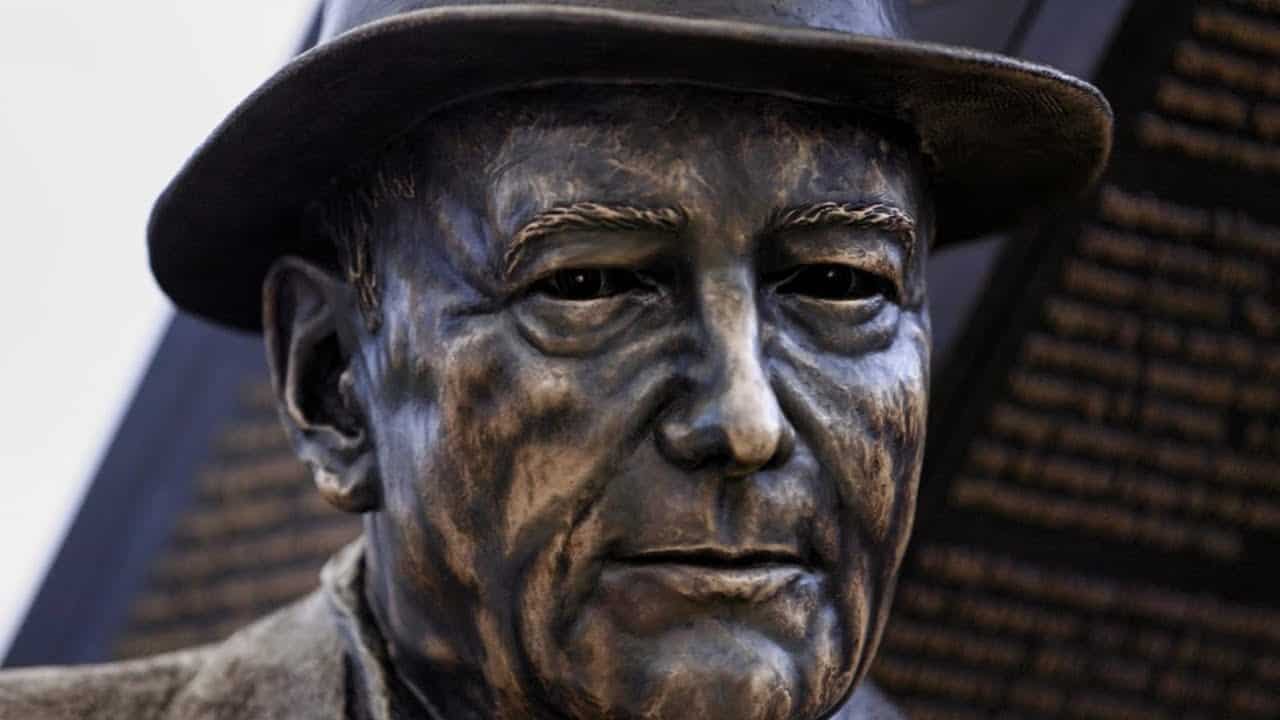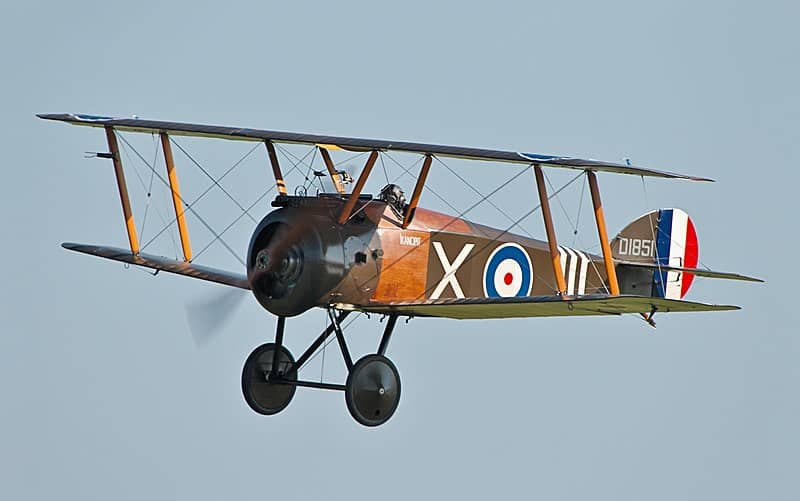How Sir William Stephenson, the man called Intrepid, opened Whitby’s Camp X
Published January 31, 2022 at 4:37 pm

Sir William Stephenson, the man called Intrepid, fighter pilot, spymaster, founder of Whitby’s Camp X, and a real-life inspiration for James Bond, left an indelible mark on the home of his spy-training camp after he died 33 years ago today.
The man who would come to be known as Intrepid was born William Stanger in Winnipeg in 1897. According the the Intrepid Society, he was later adopted by the Stephenson family when, after the death of his father, his mother could no longer care for him.
Stephenson grew into a, “bookworm… who loved boxing. A wee fellow, but a real one for a fight,” according to teacher Jean Moffatt. Later, with the First World War well underway, Stephenson enlisted in the Winnipeg Light Infantry at age 18.
Described as 5’2″ with 37-inch chest, the examining doctor wrote “passed as bugler” on Stephenson’s enlistment record. After basic training, Stephenson was sent to fight in France and wounded in a gas attack less than a week into his service.
He took months to recover in Shorncliffe Army Camp in England and then he was sent learn flight theory, promoted to sergeant and transitioned to the Royal Air Force in 1917.
Stephenson took out 12 enemy planes from a Sopwith Camel, a single seater biplane used by the RAF from 1916-1920, until he was shot down in February 1918. He landed behind enemy lines, was seriously injured, and was held captive as a prisoner of war for months until escaping in October 1918.

A Soper Camel
By the war’s end that November, Stephenson had been promoted to Captain, earning the Military Cross and the Distinguished Flying Cross, awarded for “exemplary gallantry.”
Post-war, Stephenson opened a hardware store and eventually became quite wealthy with contracts throughout Europe and North America and a diverse investment portfolio in numerous industries.
Leveraging these connections, by 1936 Stephenson was sending information to British Winston Churchill, still an MP before his 1940 election as Prime Minister.
He had attempted to share information of the growing German war machine with British officials, following meetings with German officials describing Blitzkrieg long before the invasion of Poland, but had been rebuffed.
After Churchill took office in 1940, as the Blitz rained on Britain and France fell, he knew he needed to enlist the United States as an ally. So, he sent Stephenson the United States to court the President into a cooperation between British Intelligence and the FBI.
Stephenson leveraged connections with men close to both President Franklin Roosevelt and FBI Director J. Edgar Hoover, both of whom accepted the idea.
As war in Europe remained remained deeply unpopular among the American people, Stephenson established the British Security Co-ordination (BSC), spreading propaganda through pro-British and anti-Nazi stories in major newspapers to change the minds of Americans.
Stephenson called these methods “political warfare,” operating his campaign from the Rockefeller centre in an office officially registered as the British Passport Control Office.
By the time the US entered the war, Stephenson was a close advisor to Roosevelt, recommending friend William Donovan to head up the OSS, later the CIA.
One day before the Japanese attack on Pearl Harbour ushered the Americans to war, Stephenson opened Camp X between Oshawa and Whitby, officially known as Special Training School No. 103, to train operatives in clandestine operations.
Camp X was so secret not even Canadian Prime Minister William Lyon Mackenzie King knew the full scope of the school’s purpose. Historian Bruce Forsyth described it as a place where trainees at the camp learned “sabotage techniques, subversion, intelligence gathering, lock picking, explosives training, radio communications, encode/decode, recruiting techniques for partisans, the art of silent killing and unarmed combat.”
Despite the Prime Minister being unaware, the Canadian Government operated Camp X jointly with the BSC. While the site was primarily for education, it also served as the base for the HYDRA communication that linked Allied world capitals.
The CBC estimated between 500 and 2,000 British, Canadian and American spies were trained at the the site and sent to every theatre of the war.
There is debate regarding whether James Bond writer Ian Fleming was among those trained at Camp X, but what isn’t is that Stephenson was a major basis for the superspy character. “James Bond is a highly romanticised version of a true spy. The real thing is… William Stephenson,” Fleming reflected.
Roald Dahl, later famous for novels like Charlie and the Chocolate Factory also attended the Camp.
As the war ended in 1945 so did the training, although radio transmitting would continue until 1969. Igor Gouzenko, the Soviet cypher clerk whose defection sparked the Cold War was housed on site for two years.
All the buildings were destroyed in 1969 and the site is now Intrepid Park, a flattened park where artifacts are sometimes still found. The Regional Headquarters hosted a display of these artifact from 2012 to 2020, one of numerous tributes to Camp X and Stephenson in the region.
A statue of Stephenson was erected in Whitby last spring and a street, a school, a Legion Hall and Intrepid Park are all named after him.
After the war Stephenson went on to be knighted by King George VI in 1945, received the Medal of Merit from U.S. President Harry Truman in 1946 (the first non-American so honoured) and was awarded the Order of Canada in 1979.
Stephenson retired to Bermuda where he died January 31, 1989.
insauga's Editorial Standards and Policies advertising





